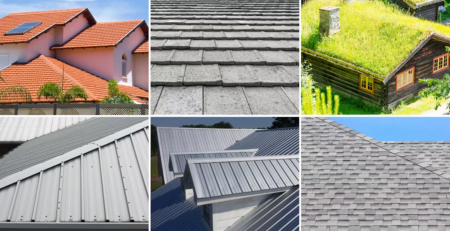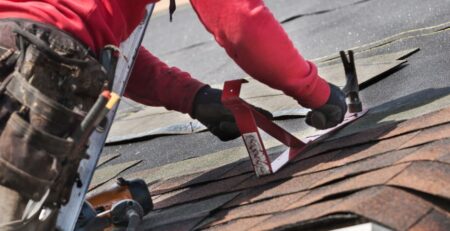Selecting Roofing Colors in Toledo: Expert Tips for Homeowners
For homeowners in Toledo, selecting the right roofing color is more than an aesthetic choice. Your roof impacts energy efficiency, complements your home’s exterior, and influences long-term maintenance. Local weather, architectural styles, and neighborhood guidelines make color selection particularly important in this region.
Match Your Roof Color to Toledo Home Architecture
Toledo features a mix of traditional brick homes, modern constructions, and older historic neighborhoods. Roof color should harmonize with your home’s architectural style. Dark shingles enhance brick exteriors, while lighter shades complement stone or stucco finishes. Understanding Common Roof Types helps homeowners choose materials that pair well with their preferred color.
Energy Efficiency for Toledo’s Climate
Toledo experiences hot summers and cold, snowy winters. Roof color affects how your home absorbs heat. Light-colored roofs reflect sunlight and reduce cooling costs in summer, whereas darker shades retain warmth in winter. For homeowners prioritizing energy savings, Best Roof Color for Energy Efficiency explains which shades work best in climates like Toledo’s.

Pairing Color with Roofing Material
Different materials reflect color differently. Asphalt shingles, metal panels, and slate tiles all interact uniquely with light and texture. Reviewing Best Residential Roofing Material Options helps homeowners match color to material for both durability and appearance.
Consider Neighborhood Guidelines
Some Toledo neighborhoods have homeowners’ associations or local standards that influence roofing choices. Even without formal regulations, selecting a color that complements surrounding homes can maintain neighborhood cohesion and property value.
Preview Your Roof Color
Test small roof sections or use virtual roof visualizers to see how your color choice looks under Toledo’s natural lighting and seasonal changes. Shadows, roof slope, and nearby trees can change the perceived shade.
Popular Roofing Colors in Toledo
-
Gray and Charcoal: Neutral tones for classic appeal.
-
Brown and Earth Tones: Blend with natural surroundings.
-
Red and Terracotta: Ideal for Mediterranean-style homes or brick facades.
-
Black: Creates strong contrast with lighter siding.
-
Green and Blue: Unique choices that integrate with natural landscapes.
For product-specific guidance on colors that match materials, review Best Roofing Shingles Brands.
Maintenance Considerations in Toledo
Some colors show dirt, moss, or fading more quickly, especially in areas with heavy rain or snow. Darker shades retain heat, which may affect shingle life, while lighter tones may require attention for stains or debris. Essential Roof Maintenance Tips for Homeowners provide actionable advice to keep your roof looking and performing well.
Consult Local Roofing Experts
A professional Toledo roofer can advise on color and material choices suitable for the local climate. Working with a Roof Replacement Specialist ensures your selection supports both aesthetics and long-term durability.











